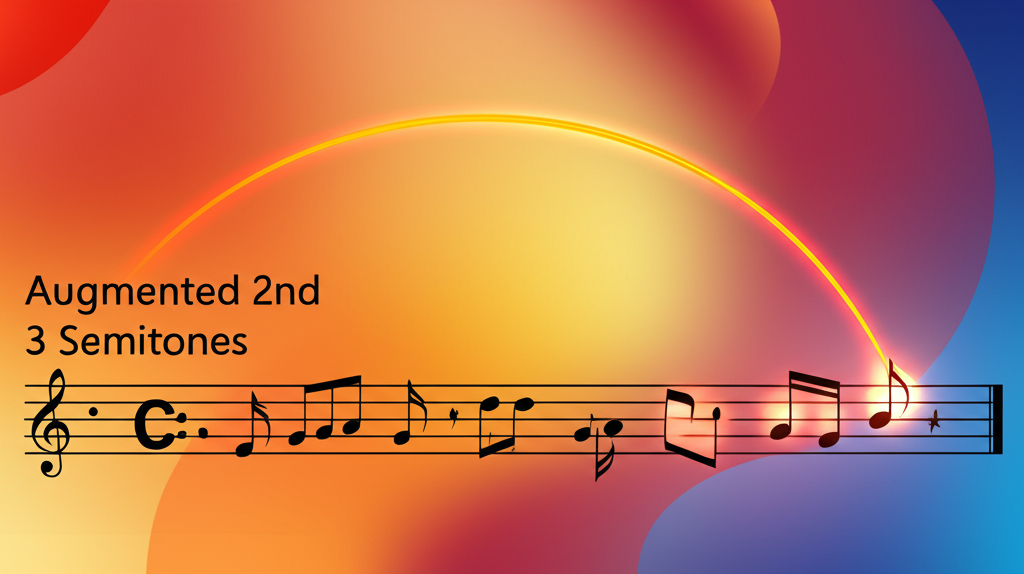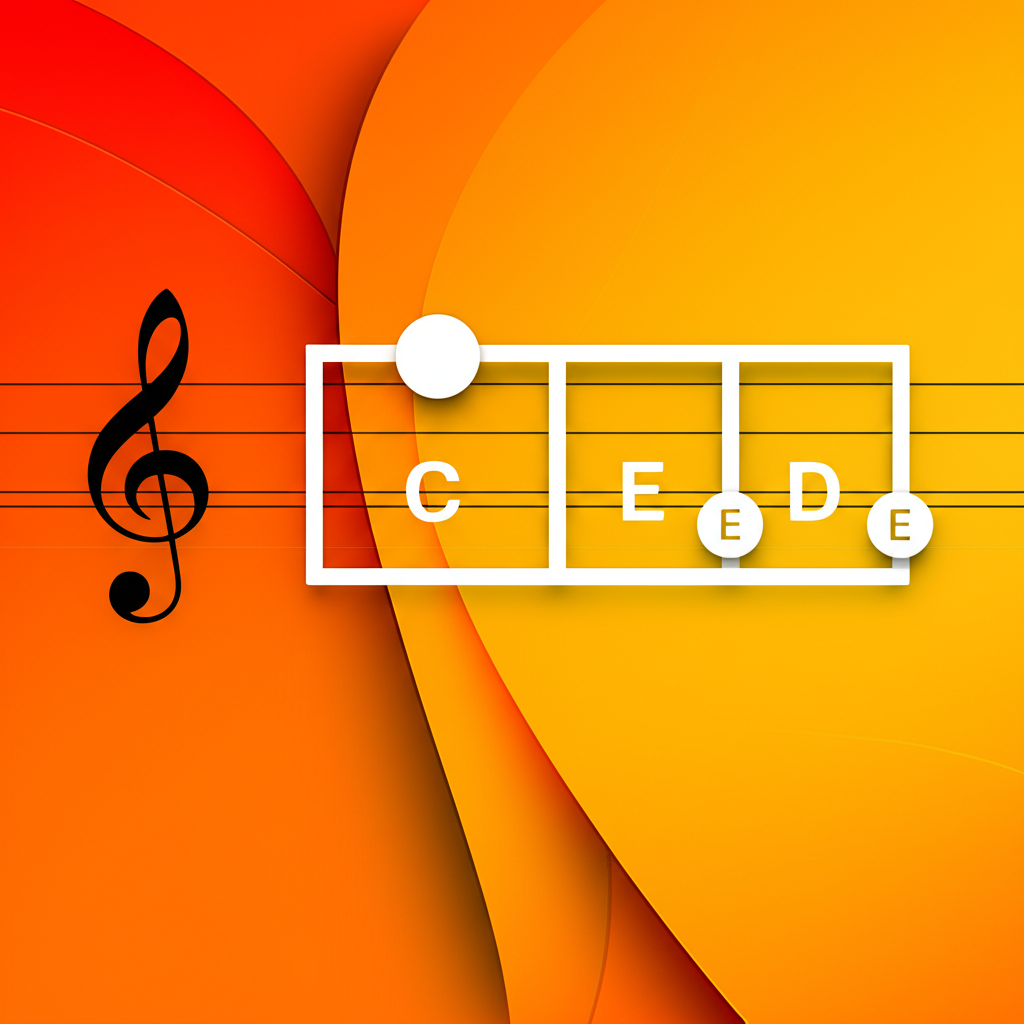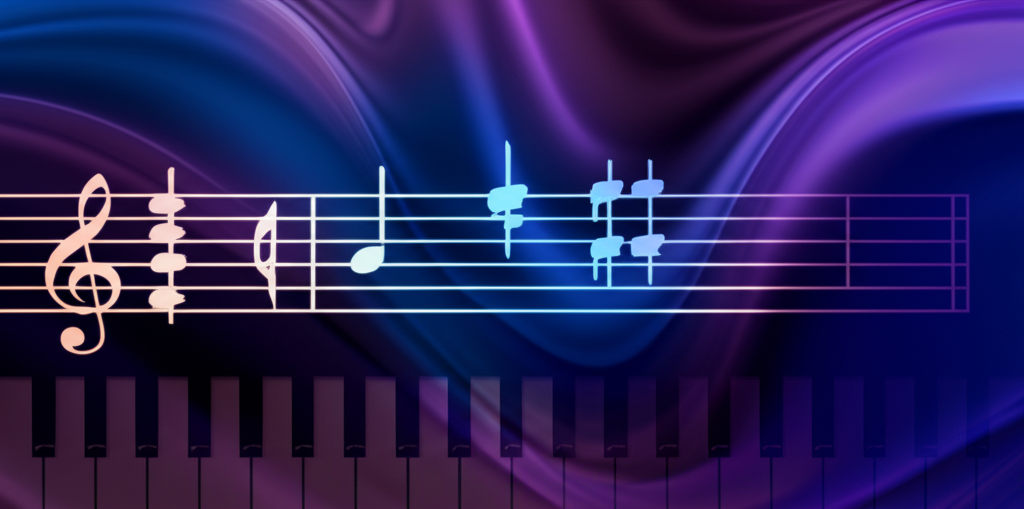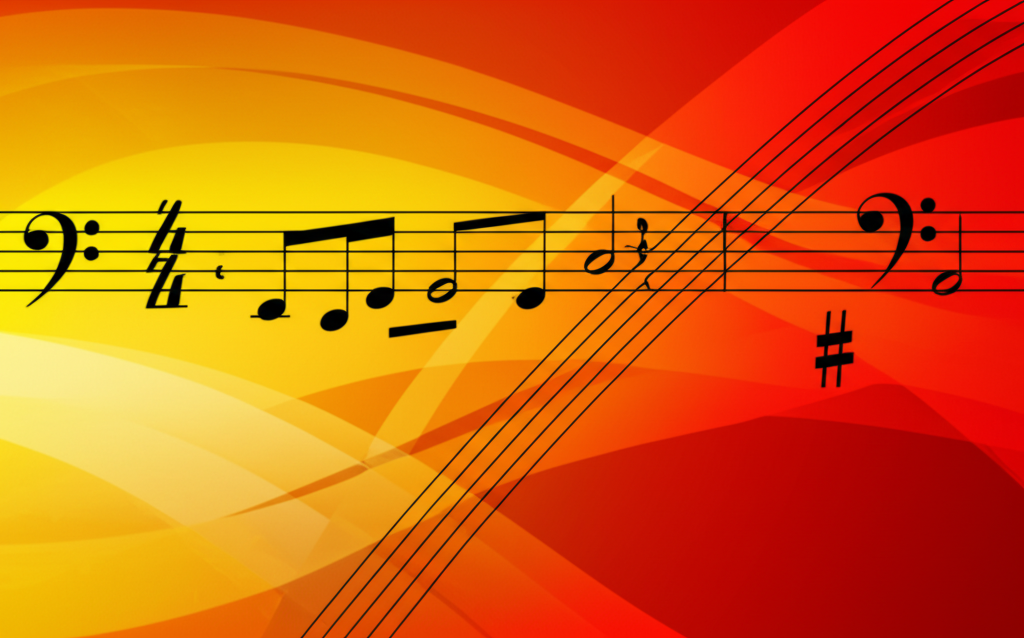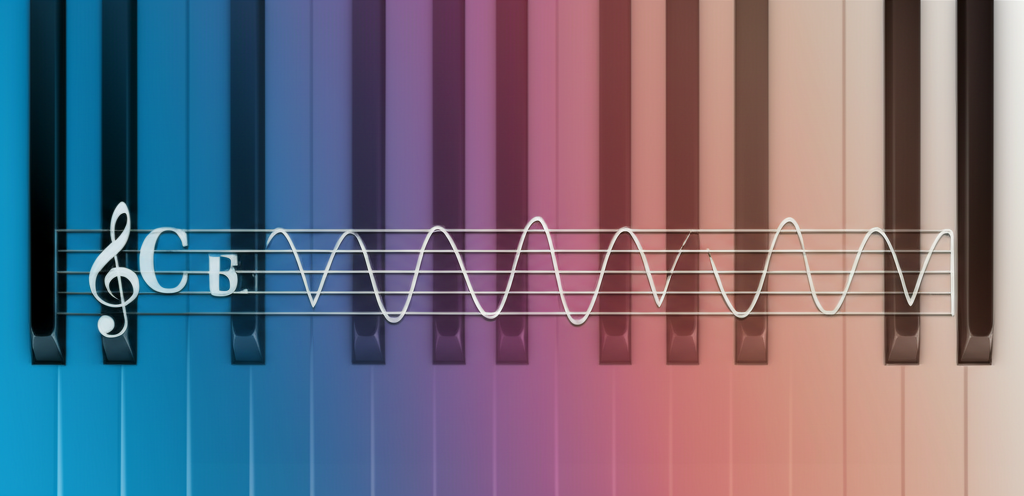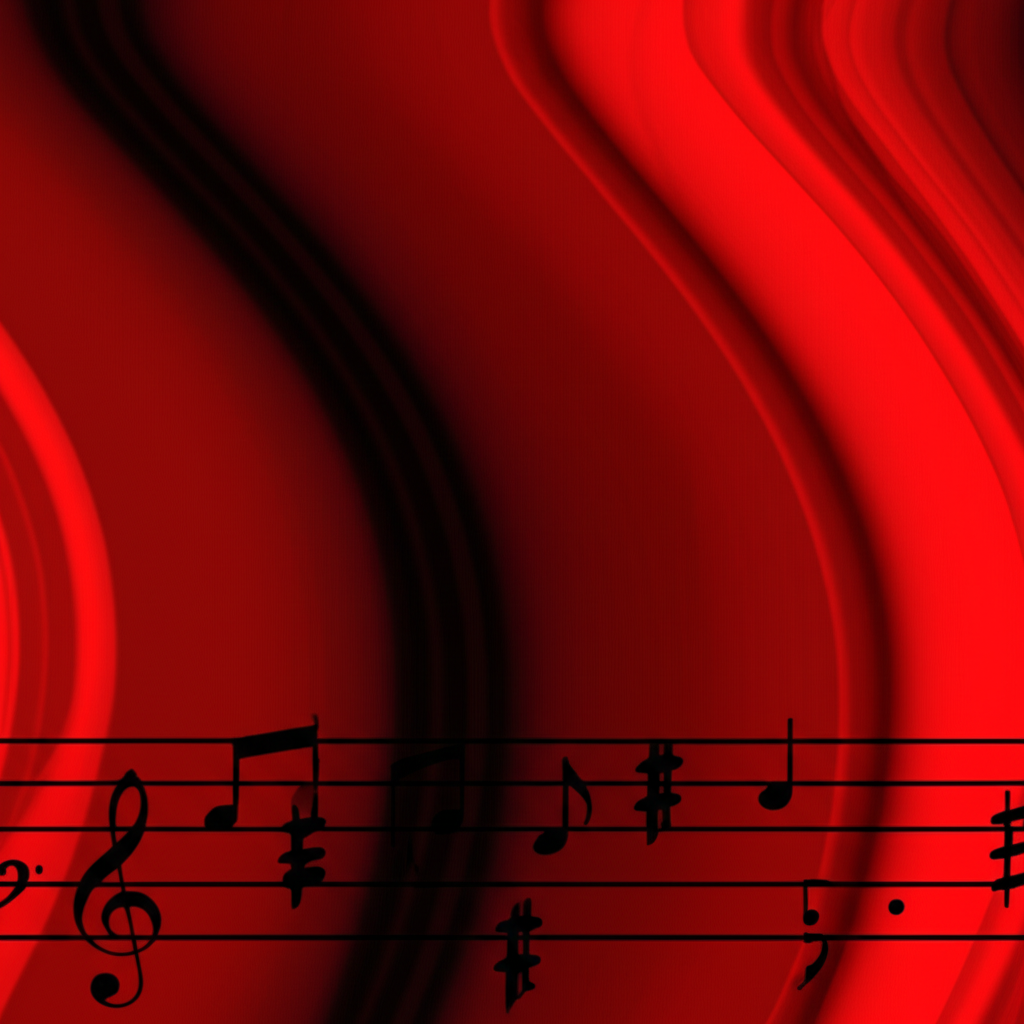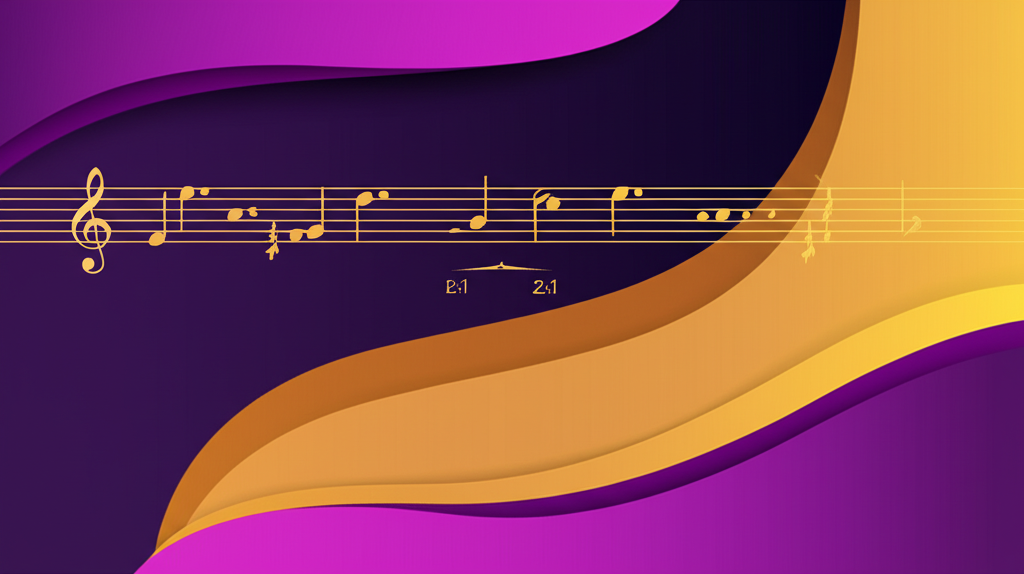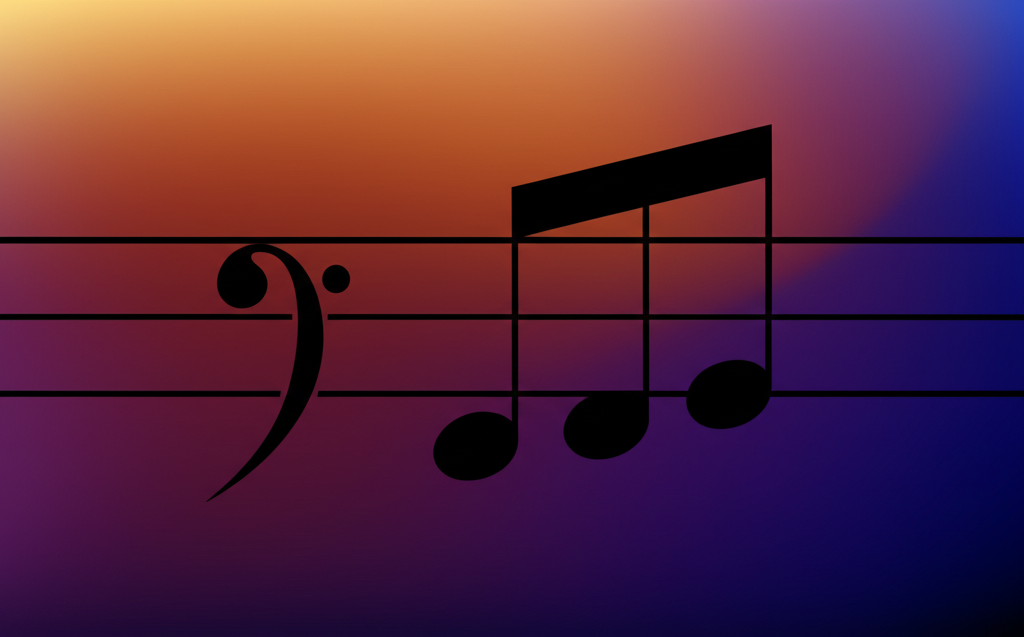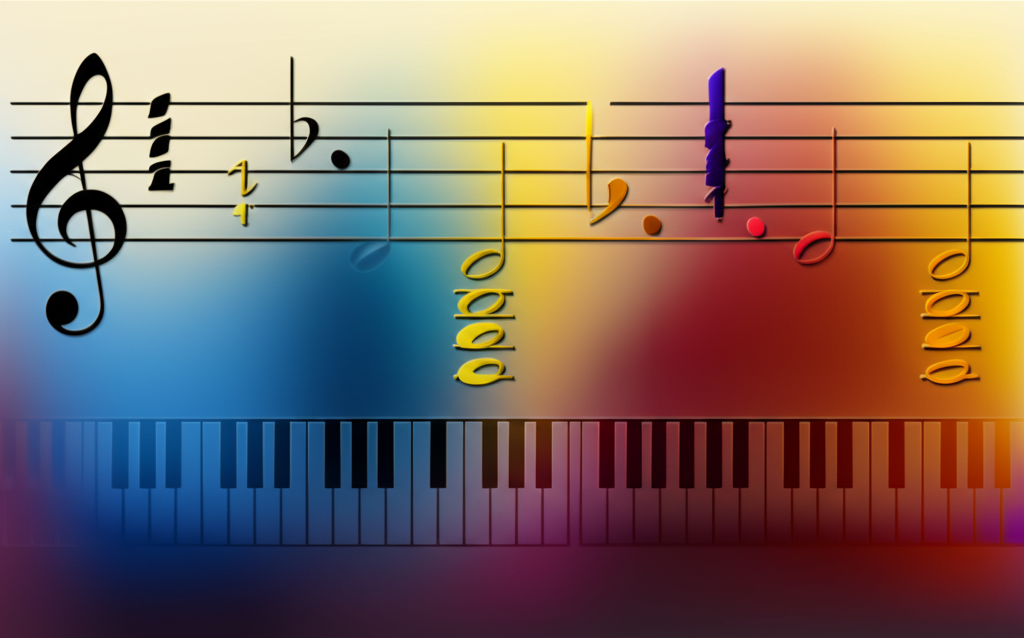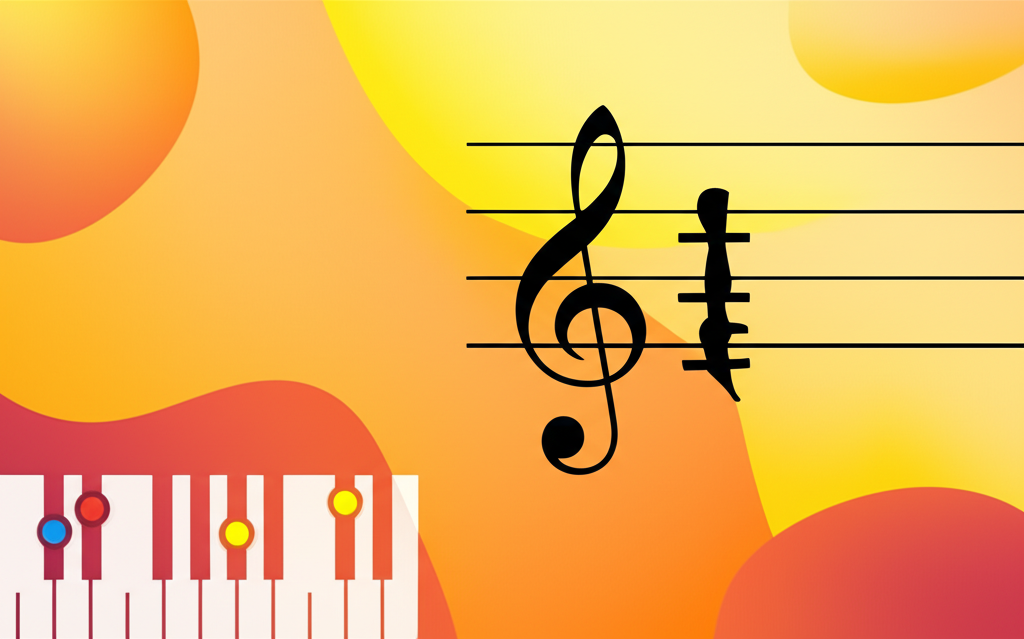
Unlocking the Diminished Sixth: A Guide to Its Tense Beauty

b4n1
June 14, 2025, 10:27 p.m.
Unlocking the Diminished Sixth: A Guide to Its Tense Beauty
Summary:
Dive into the world of the diminished sixth, a fascinating and highly expressive musical interval. This article demystifies its tense sound, explains its unique theoretical properties (including its relationship to the perfect fifth), and showcases how composers use it to create drama and emotional depth. A must-read for any musician looking to expand their harmonic vocabulary.
Keywords:
diminished sixth, music theory, intervals, dissonance, consonance, enharmonic, harmony, augmented sixth chords, music education, chromaticism
Introduction:
In music, intervals are the fundamental building blocks of melody and harmony. While we often start by learning consonant intervals like perfect fifths and major thirds, the true emotional power of music often lies in its use of tension and release. Enter the diminished sixth: a spicy, dissonant interval that sounds surprisingly familiar yet functions in a very special way. It's an interval that demands attention, creates suspense, and ultimately resolves in a deeply satisfying manner. Understanding the diminished sixth is a key step towards mastering the art of chromatic harmony.
Definition and Classification:
A diminished sixth is a musical interval that spans six staff positions but contains only seven semitones (or half steps). It is one chromatic semitone smaller than a minor sixth. The most crucial thing to understand about the diminished sixth is its enharmonic relationship with the perfect fifth. While a diminished sixth (e.g., C-sharp to A-flat) sounds identical to a perfect fifth (e.g., C-sharp to G-sharp) on a piano, its musical spelling and, more importantly, its harmonic function are completely different. Diminished intervals are inherently unstable and have a strong tendency to resolve inward, creating a powerful sense of forward motion.
Examples:
Example in ABC Notation:
Here are two common examples of a diminished sixth. The first is B to G-flat, and the second is C-sharp to A-flat. Notice how they span six letter names (B-C-D-E-F-G and C-D-E-F-G-A), but sound like perfect fifths.
Example of Resolution:
The true power of the diminished sixth is in its resolution. The two notes of the interval feel a strong pull to resolve inward by step. Here, we see a diminished sixth (C-sharp to A-flat) resolving inward to a major third (D to G).
Practical Applications:
The diminished sixth is not just a theoretical curiosity; it's a cornerstone of chromatic harmony. Its most famous application is in a family of chords known as "augmented sixth chords" (Italian, German, and French). These chords are built on the flattened sixth scale degree (♭6) of a minor key and feature a diminished sixth interval between that ♭6 and the raised fourth scale degree (♯4). For example, in C minor, this would be the interval from A-flat to F-sharp. Composers use these chords to create powerful harmonic tension that pulls strongly toward the dominant chord, adding immense drama right before a cadence. You can hear this effect in countless works from the Baroque era to the Romantic period, notably in pieces by Mozart, Beethoven, and Wagner, where they heighten emotional intensity.
Historical Figures:
While the concept evolved over time, certain composers are renowned for their masterful use of dissonances like the diminished sixth. Carlo Gesualdo (1566-1613), a prince of the late Renaissance, was famous for his intensely expressive and chromatic madrigals. He pushed the harmonic language of his time to its limits, using jarring dissonances to mirror the emotional turmoil of his texts. Later, J.S. Bach (1685-1750) systematized the use of such tensions within the framework of common practice tonality. His use of diminished and augmented sixth chords provided the harmonic drive and gravitas that define much of his work. In the 19th century, composers like Richard Wagner (1813-1883) made extreme chromaticism and unresolved tension a central feature of their musical language, with the tension-filled quality of the diminished sixth and its relatives becoming essential tools for creating epic-scale musical dramas like "Tristan und Isolde."
Fun Facts:
The Harmonic "Imposter": The diminished sixth is the ultimate harmonic imposter. It sounds exactly like a perfect fifth, one of the most stable and consonant intervals, but its spelling gives it the personality of a highly unstable and dissonant interval. It's a great example of how music theory is about function, not just sound.
A Chromatic Necessity: You won't find a naturally occurring diminished sixth between any two notes of a major or natural minor scale. It can only be created by using chromatic alterations (sharps or flats outside the key signature), which is why it always sounds special and adds a burst of unexpected color.
The Resolution Magnet: Diminished intervals are like magnets. The two notes are irresistibly drawn to each other, almost always resolving inward by a half step. This powerful pull is what composers exploit to guide the listener's ear and create harmonic momentum.
Conclusions:
The diminished sixth is more than just a quirky interval; it's a gateway to a deeper understanding of musical tension and expression. By looking beyond its sound to its spelling and function, we uncover one of the most powerful tools in a composer's harmonic toolkit. It's a perfect illustration that in music, context is everything. The next time you listen to a dramatic piece of classical music, listen for those moments of intense longing and suspense—you may just be hearing the powerful pull of a diminished sixth at work. How might you use this tense interval in your own music or improvisation?
References:
Laitz, S. G. (2015). The Complete Musician: An Integrated Approach to Theory, Analysis, and Listening. Oxford University Press.
Piston, W. & DeVoto, M. (1987). Harmony (5th ed.). W. W. Norton & Company.
Open Music Theory. (2021). Chromatic Predominants: Augmented Sixth Chords. Retrieved from: https://openmusictheory.com/augmentedSixthChords.html




